T4K3.news
Rubin Observatory breaks asteroid discovery record
In its first ten hours, the Rubin Observatory found 2,104 asteroids, impacting astronomy.
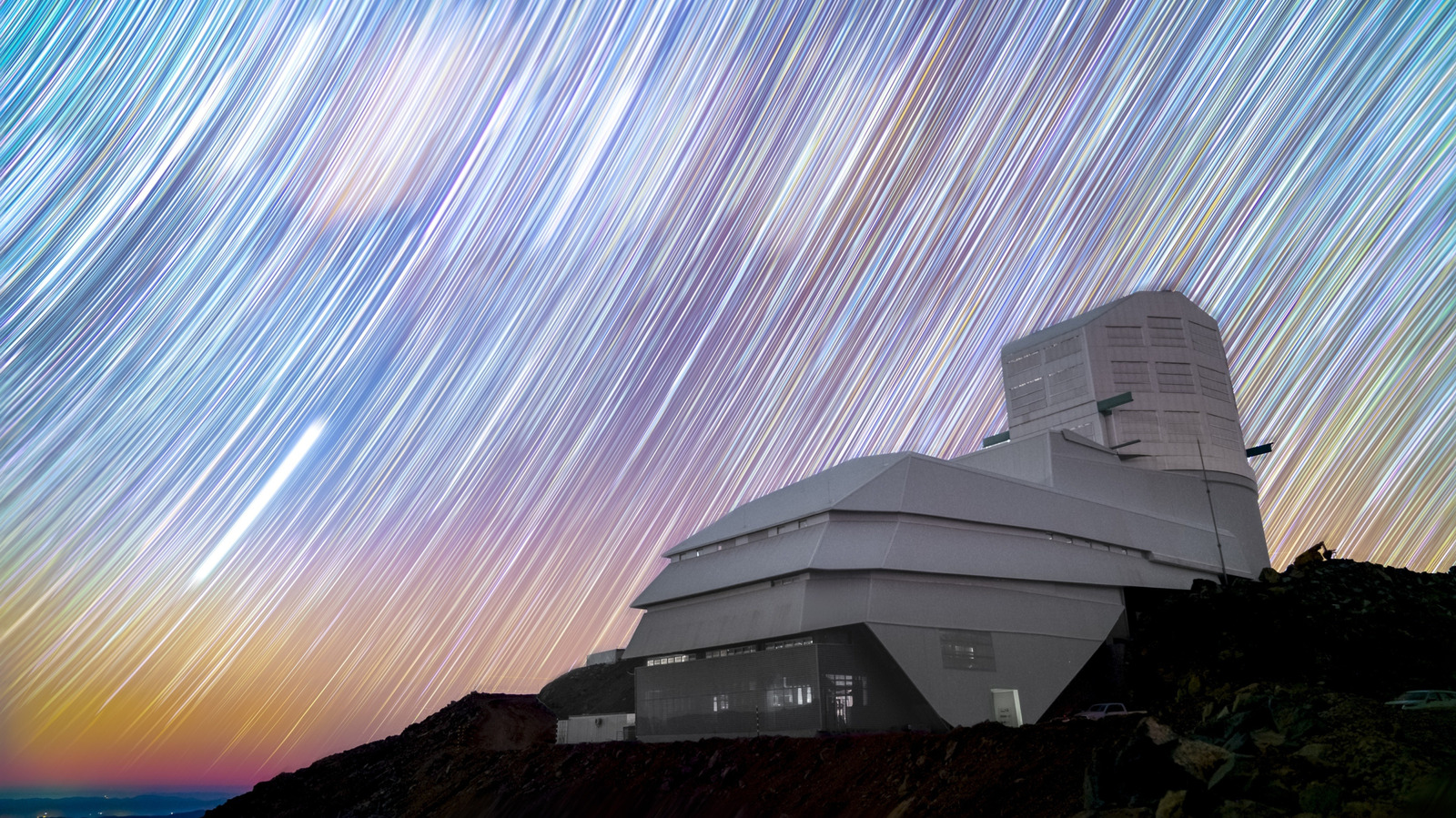
The Rubin Observatory aims to revolutionize how we gather data about the universe.
Rubin Observatory Sets Record for Space Data Collection
In its first ten hours of activity, the Vera C. Rubin Observatory discovered 2,104 asteroids. This figure accounts for 10% of the annual total of all telescopes combined. The observatory, funded by the U.S. National Science Foundation and the Department of Energy, is located in Chile. Its Simonyi Survey Telescope is equipped with the world's largest digital camera, designed to capture unprecedented amounts of cosmic data. Over the next ten years, the observatory plans to collect about 500 petabytes of information, potentially surpassing the total data accumulated by all other optical telescopes in history by the end of its inaugural year.
Key Takeaways
"The observatory’s capacity could fundamentally change our understanding of the universe."
This statement reflects the potential impact of the Rubin Observatory on astronomy.
"Expect more discoveries with the surge of new data from the Rubin Observatory."
The quote emphasizes the promise of discoveries enabled by vast amounts of data.
The ambitious goals of the Rubin Observatory highlight a significant leap in astronomical data collection capabilities. With its capacity to gather 20 terabytes of information each night, this observatory could fundamentally change our understanding of the universe. It poses an exciting opportunity not just for scientists but also raises questions about data management and utilization in astronomy. More data means more discoveries, but can the scientific community handle this surge?
Highlights
- The Rubin Observatory is set to change everything in astronomy.
- 20 terabytes a night could reshape our understanding of the universe.
- Can we really manage all this new space data?
- This observatory might just make us feel small.
Concerns about managing astronomical data
The sheer volume of data collected by the Rubin Observatory raises questions about data management and its implications for scientific research.
The Rubin Observatory may redefine how humanity interacts with the cosmos.
Enjoyed this? Let your friends know!
Related News

Astronomers discover new trans-Neptunian object
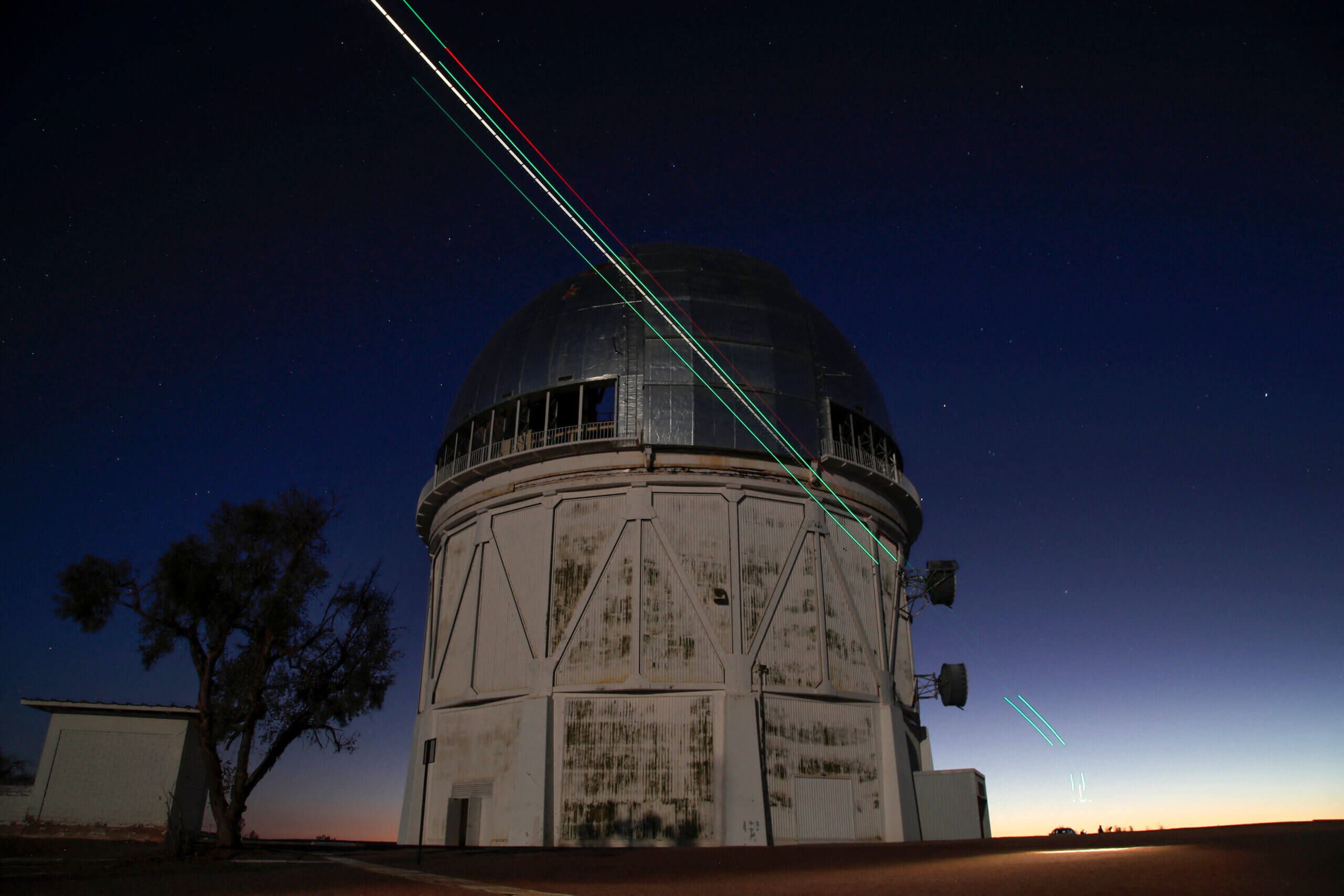
Vera Rubin Observatory begins groundbreaking research

Largest black hole merger detected by LIGO-Virgo-KAGRA
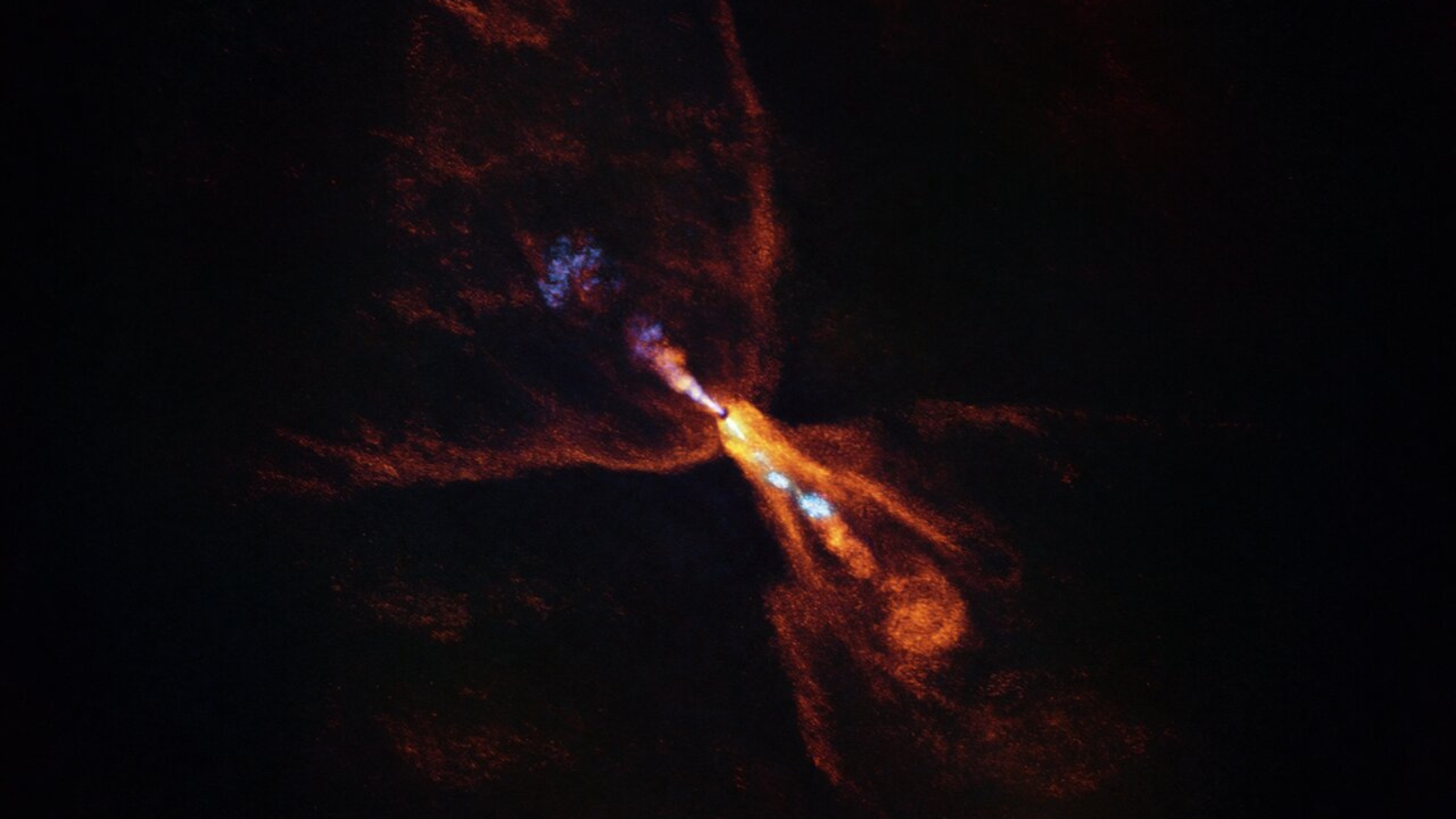
Astronomers witness birth of a new planetary system
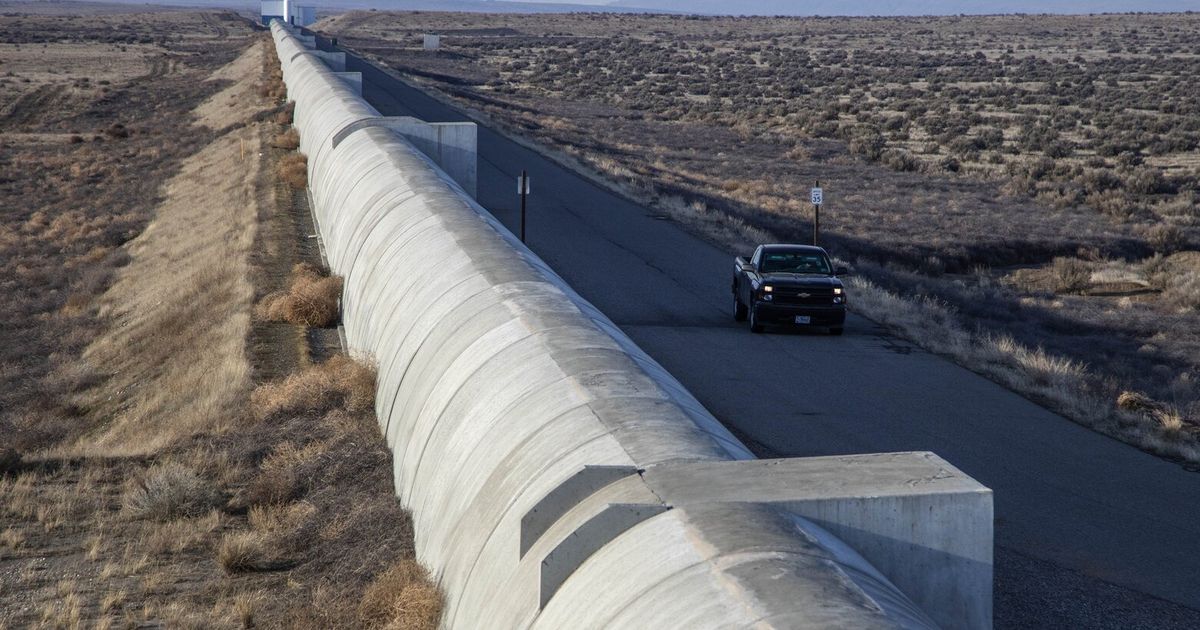
LIGO makes significant black hole discovery amid budget cuts
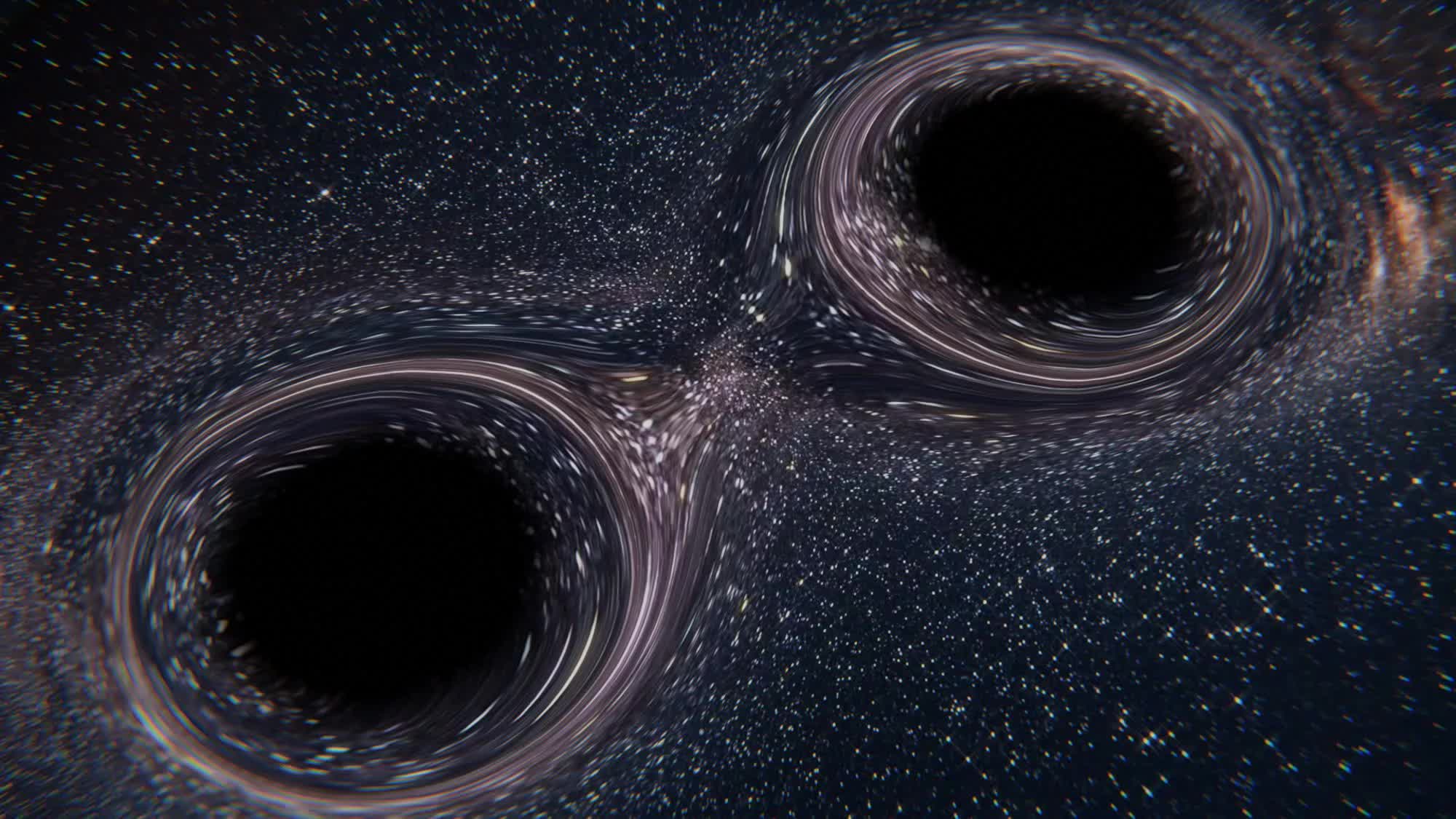
LIGO detects groundbreaking black hole merger

Asteroid 2024 YR4 may hit the moon in 2032

Astronomers discover new Midpoint cloud in our galaxy
